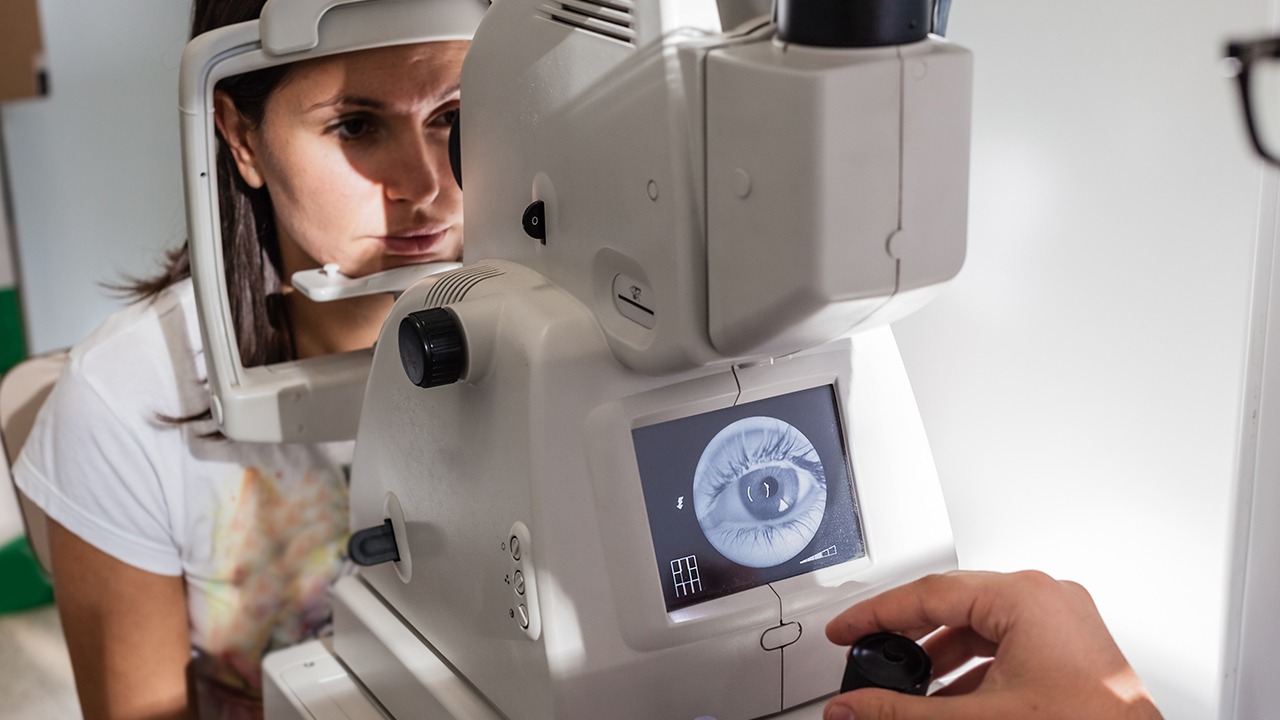General Methods and Care for Neonatal Pneumonia Treatment

Assessment and Diagnosis
Clinical Presentation:
Neonatal pneumonia typically presents with respiratory symptoms such as tachypnea, grunting, apnea, and nasal flaring. Other signs may include fever, hypothermia, poor feeding, and lethargy.
Physical Examination:
Auscultation of the lungs may reveal crackles, wheezing, or decreased breath sounds. Percussion may show areas of consolidation.
Laboratory and Imaging:
Arterial blood gas: May show hypoxemia and acidemia.
Chest X-ray: May reveal infiltrates, consolidation, or pleural effusions.
Blood cultures: May identify the causative organism.
Etiology and Pathogenesis
Neonatal pneumonia is caused by bacteria, viruses, or fungi acquired either prenatally through transplacental transmission or postnatally through aspiration or contact with infected respiratory secretions.
Common Bacterial Causes:
Group B Streptococcus (GBS)
Escherichia coli (E. coli)
Klebsiella pneumoniae
Staphylococcus aureus
Common Viral Causes:
Respiratory syncytial virus (RSV)
Rhinovirus
Influenza virus
Treatment
Antibiotics
Empiric Therapy:
Ampicillin and gentamicin
Cefotaxime and gentamicin
Narrow-Spectrum Therapy:
Once the causative organism is identified, antibiotics can be tailored to the specific infection.
Oxygen Therapy
May be required to maintain oxygen saturation levels.
Methods include nasal cannula, face mask, or endotracheal intubation.
Respiratory Support
Mechanical Ventilation: For severe cases with respiratory failure.
Continuous Positive Airway Pressure (CPAP): May provide support and reduce the need for mechanical ventilation.
Other Therapies
Antivirals: For viral pneumonia (e.g., ribavirin for RSV).
Antifungals: For fungal pneumonia (e.g., amphotericin B for Candida).
Surfactant Replacement Therapy: May be beneficial in infants with respiratory distress syndrome.
Nursing Care
General Measures:
Monitor vital signs, oxygen saturation, and respiratory status.
Provide a quiet and humidified environment.
Position the infant for optimal breathing.
Feeding:
Encourage breastfeeding or formula feeding.
If oral feeding is difficult, provide tube feeding as needed.
Hygiene:
Maintain a clean and sterile environment.
Wear gloves and gowns when handling the infant.
Practice hand hygiene diligently.
Comfort Measures:
Provide a pain-free environment.
Swaddle the infant for warmth and comfort.
Encourage skin-to-skin contact between the infant and parents.
Prevention
Immunization against GBS and other respiratory pathogens.
Early recognition and treatment of maternal infections.
Prevention of premature birth and low birth weight.
Promotion of breastfeeding.
Avoidance of smoking and secondhand smoke exposure.
Prognosis
The prognosis of neonatal pneumonia depends on the severity of the infection and the underlying health status of the infant. With timely diagnosis and treatment, most infants recover well. However, severe cases can lead to respiratory failure, sepsis, and long-term complications.
Follow-Up
Regular follow-up appointments to monitor recovery and screen for complications.
Evaluation for underlying conditions that may have contributed to pneumonia.
The above is all the content that the editor wants to share with you. I sincerely hope that these contents can bring some help to your life and health, and I also wish that your life will be happier and happier.
Tags: #and #care #general














